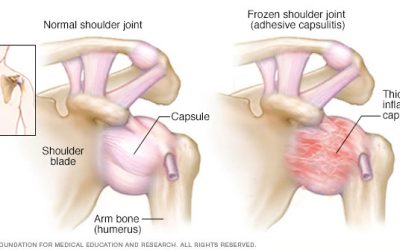What is the difference between physiotherapy and physical therapy?
Physiotherapy and physical therapy in Australia can be used interchangeably in many situations. The difference between the two are minimal and is often a preference of choice based on the region and country.
In Australia Physiotherapy is the predominant term.
Common Physiotherapy and Physical Therapy Techniques
- Therapeutic Exercises: Specific exercises to improve strength, flexibility, endurance, balance, and coordination. These exercises may include stretching, strengthening, aerobic conditioning, and functional movements.
- Manual Therapy: Manual therapy involves hands-on techniques performed by the physical therapist to address joint and soft tissue restrictions. Examples include joint mobilisation, soft tissue mobilisation, myofascial release, and manual traction.
- Electrotherapy: Electrotherapy involves the use of electrical modalities to relieve pain, reduce inflammation, promote tissue healing, and improve muscle function. Common electrotherapy techniques include electrical stimulation, transcutaneous electrical nerve stimulation (TENS), and ultrasound therapy.
- Heat and Cold Therapy: Applying heat or cold to affected areas can help reduce pain, relax muscles, decrease inflammation, and promote healing. Heat therapy typically involves hot packs or warm baths, while cold therapy uses ice packs or cold compresses.
- Taping and Bracing: Use of specialised tapes and braces to provide support and stability. Techniques like kinesiology taping or McConnell taping are often employed to reduce pain, enhance proprioception, or assist with joint alignment.
- Gait and Balance Training: Physical therapists help you with improving walking patterns and balance for individuals with gait abnormalities or balance deficits. They may use assistive devices, exercises, and specific training techniques to enhance mobility and reduce fall risks.
- Therapeutic Massage: Massage techniques are utilised by physical therapists to relax muscles, increase circulation, and reduce muscle tension or spasm. Massage can also help alleviate pain and promote overall well-being.
- Neuromuscular Re-education: This technique focuses on retraining the neuromuscular system to improve movement patterns and restore functional activities. It involves exercises, proprioceptive training, and activities that enhance body awareness and coordination.
- Patient Education: Education and guidance on injury prevention, self-management strategies, ergonomics, and lifestyle modifications. Physical therapists empower patients to actively participate in their recovery and optimise their long-term well-being.
- Modalities: Physical therapists may perform ultrasounds, electrical stimulation, laser therapy, or traction, to complement treatment plans and promote healing, pain relief, or tissue repair.
- Hydrotherapy: Water-based exercises and treatments can be performed in a pool or aquatic environment. Hydrotherapy provides buoyancy, reduces joint stress, and allows for gentle resistance to aid in rehabilitation and pain management.
- Acupuncture: Some physiotherapists are trained in acupuncture techniques and may use fine needles to stimulate specific points on the body to alleviate pain and promote healing.
Inspire Healthcare are a multi-disciplinary professional healthcare agency, book an appointment with a mobile NDIS Physiotherapist in Sydney or a Physiotherapist in Melbourne
Author
-

Guyver Mac
Managing Director & Principal PhysiotherapistGuyver specialises in gerontology and neurological physiotherapy, and has been working with NDIS since 2017 and practicing physiotherapy since 2015. He excels in treating conditions like Multiple Sclerosis (MS), stroke, neurological conditions, and global developmental delay. One of Guyver's favourite career moments as a physio is helping an Inspire Healthcare client with Multiple Sclerosis walk his daughter down the aisle at her wedding. Outside of work, Guyver enjoys going to the gym, swimming, and watching rugby league.

